Despite age-old requests not to judge a book by its cover, judging by the cover is the first thing we all do. This also applies to game graphics.
Remember how you form the first opinion about the upcoming game. Of course, based on screenshots or a trailer. And no matter how you convince yourself that you will form the final opinion after testing the gameplay, the emotional foundation has already been formed. Such is human nature.
Art does not exist apart from game mechanics. Good graphics won’t save a game with bad gameplay, but good gameplay won’t do it alone without high-quality visuals. Graphics should be the main visual tool for conveying the essence of the gameplay to the players. Therefore, the very game art style that will give players the right perception is vital.
Let’s try to understand the motley variety of art styles for game art services and how to choose what you need. And a way to basically understand what you need.
What Is a Video Game Art Style?
Game art style is a harmonious combination of all the visual components of the game perfectly matched to convey the desired atmosphere to the players.
Ideally, everything should be exactly like this. But quite often you see confusion and vacillation in the form of a visual style mismatch with the essence of the game. This is not necessarily due to the poor performance of the game development team. Perhaps the idea was too big for the available resources. Always keep in mind what resources you have before thinking about game art style.
Artistic resources require a lot of time and a skilled hand. Whether you’re planning on making a game on your own or as part of an indie team, it’s important to consider the style you can shoulder.

Key Issues in Defining a Video Game Art Style
Too much variety always causes selection problems. Such a creative and rather vague notion as a game art style can be quite a puzzle if you come across it for the first time. Let’s go through the most common hurdles that get in the way of defining game art vs. game design.
Running into Extremes
Here we have two options:
“I want to do it like [some popular successful game] but in my own way.”
“I want to create a brand new killer game art style.”
While the first option looks less crazy than the second, both are doomed to failure. In the first case, you use the “crutches” of other people’s brainstorming products in order to “dress” your mechanics. In the second case, you do not think about the mechanics at all, relying on the stunning effect of the visual innovation. The main problem is the complete inconsistency and fragmentation of these approaches.
No good game is a potpourri of some interesting mechanics and breakthrough visual ideas. The best games are perfectly cohesive, offering players a harmonious gaming experience, seamlessly integrated so that it is impossible to tear off the components for rough preparation.
Solution. Both the mechanics and the game art style should come from the main idea. You have to view the game as a whole and deliver the right experience to the players consistently. Understanding the connection and interaction of all elements of the game will lead you to the desired game art style without the need for copying or striving for unsubstantiated visual show off.
Falling into the Trap of Subjectivism
What seems like a great way to share your experience to you may seem like gibberish to another person. These are the costs of the wholesale reign of subjectivism, which is already here to cast a shadow on your idea.
If you find yourself pondering these questions:
“Will the player accept my idea the way I perceive it?”
“Is my chosen game art style eloquent enough?”
Then it can be quite difficult for you to get out of this addictive swamp. Remember that it’s not always black and white, and it is impossible to take into account absolutely all objective and subjective factors. But you can try combining proven design and testing methodologies with more advanced research into your audience and their understanding of aesthetics and entertainment.
Solution. Always know what you are doing and who you are doing it for. Your game may not cover absolutely all the players on the planet, but those for whom it is intended should feel this at a glance. Building empathy is vital for your game to communicate with the player. Don’t close yourself in your shell with a bunch of complex innovative ideas that no one will understand. Explore your audience, communicate with them, show them what you are doing, and then you will know exactly what works and what does not.
Getting Stuck Among Selected Art Styles
There are always many specialists in the team who can see the key game art style in their own way and offer their ideas. And while the final verdict will be up to the decision maker, you won’t envy them if they have an alternative of several equal options on the table.
“These styles look equally cool, which one should I choose?”
“What if I choose the wrong one from these options?”
This is another package of toxic questions that deviate from the point. And the point is that you choose a visual tool to show form. You remember that it must work harmoniously with the mechanics and convey the necessary messages to the player at any given moment of the game.
If you hesitate to choose between several similar styles, then you do not quite understand what your game is about and what it is for, and you start giving visuals more importance than other aspects. Your approach is not correct if you lay out a solitaire of different styles in front of you and try to pull them on the mechanics.
Solution. Remember the need to match form with content. Look again at your game and say out loud what it is about and what it should convey to the players. When you have a clear vision of the game, there will be no separate visuals and mechanics for you. The synergy of these things is a gaming experience. Therefore, with a full understanding of its purpose, you will understand what style you need, as if it were a perfect piece of the puzzle, folding into a complete picture.
Basic Art Styles For Games
Despite the fact that game art styles do not have a clear and officially recognized taxonomy, game developers still distinguish some key categories based on the combination of their most characteristic features. For example, for 3D games, these are styles such as:
- Realism
- Fantasy realism
- Low poly
- Hand-painted
- Cartoon
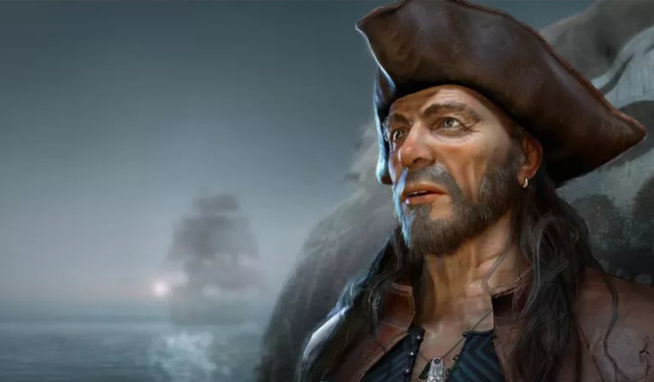
Realism
Displaying characters and environments in the most realistic way as close as possible to real life.

Fantasy realism
Displaying characters and environments in a realistic setting that is impossible in our real life: fantasy, steampunk, sci‑fi, etc.
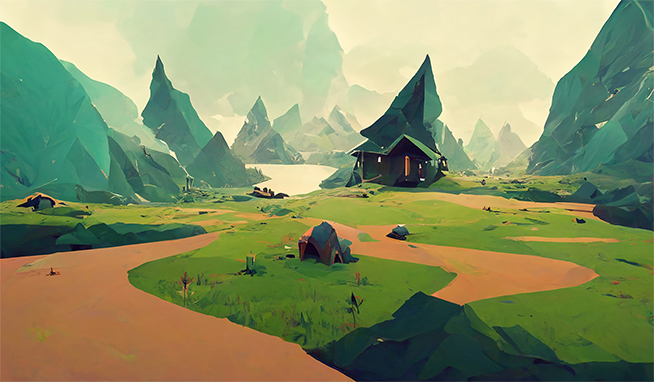
Low poly
Displaying characters and environments through densely spaced geometric shapes with a combination of light and shadow.

Hand-painted
Displaying characters and environments with hand-drawn textures: shadows and highlights are drawn on the texture without geometry.

Cartoon
Displaying characters and environments using low poly and hand-painted techniques with high color and custom proportions.
Examples of games using cartoon, realism, hand-painted, low-poly, and fantasy realism art styles:
- Cartoon: Tails of Iron, Minecraft, Dragon Ball Fighterz, Overwatch;
- Realism: Insurgency: Sandstorm, Red Dead Redemption 2, Battlefield 1, Crysis 2;
- Hand-painted: SpeedRunners, Hades, Spiritfarer, Hollow Knight ;
- Low-poly: Divine Knockout (DKO), Borderlands, Okami, The legend of Zelda: Breath of the Wild;
- Fantasy realism: Eternal Cylinder, Elden Ring, Skyrim, Fallout 4.
We talked about each of the 3D game art styles in more detail in our material.
Learn more about the most popular 3D art styles and their most common applications in games
Learn moreAs for 2D game art styles, we can distinguish the following:
- Flat
- Pixel
- Vector
- Realism
- Cel shading
- Monochromatic

Flat
Displaying characters and environments without shadows and the illusion of volume as if they were cut out of paper.
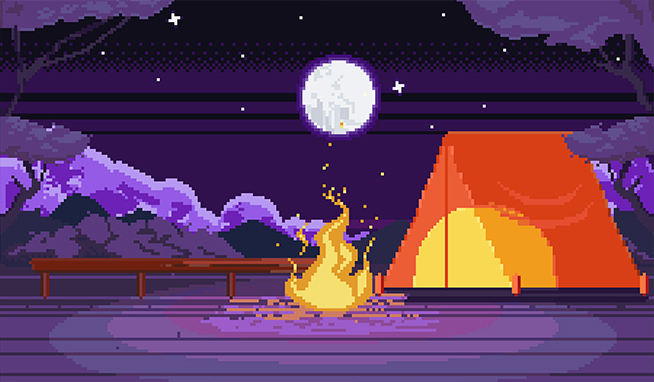
Pixel
Displaying characters and environments in the form of pixels − indivisible elements of a rectangular or round shape, characterized by a certain color.

Vector
Displaying characters and environments based on vector graphics − these are images drawn using mathematical formulas.

Realism
Displaying characters and environments in the most realistic way possible with shadows, the illusion of volume, tints, and lighting.
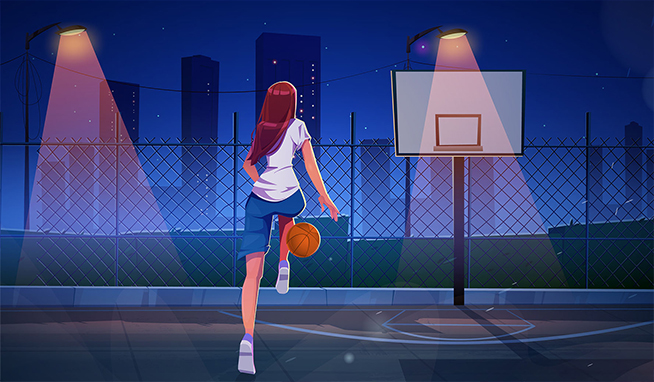
Cel shading
Displaying characters and environments using non-photorealistic rendering to obtain an image that mimics hand-drawing with hard contours and sharp chiaroscuro transitions.
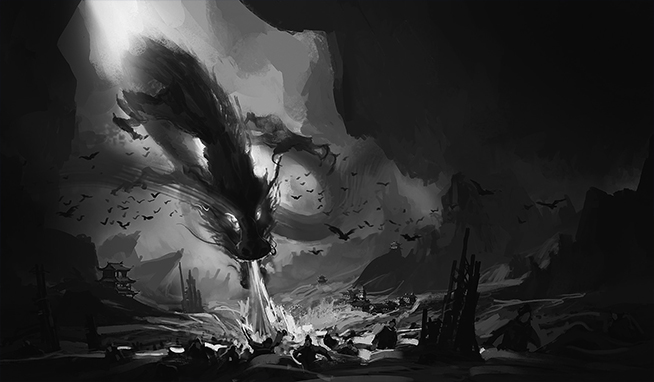
Monochromatic
Displaying characters and environments in a limited color palette of 1 or 2 colors and a wide range of shades of these primary colors.
Examples of games using flat, pixel, monochromatic, cel shading, vector art styles:
- Flat: Gravity Defied, Nidhogg, Alto’s Adventure, Fez to the Moon,
Undertale, Owlboy ; - Pixel: Undertale, Noita, Steamworlds Heist, Red Alarm, The Banner Saga, Ghost Trick and To the Moon;
- Monochromatic: Limbo, Badlands, Inside, Minit, One Upon Light;
- Cel shading: Ultimate Spider Man, Jet Set Radio Future, Mega Man Legends, Pokémon X & Y, X-Men Legends ;
- Vector: Steamworlds Heist, Red Alarm, The Banner Saga, Ghost Trick
Realistic 2D graphics are often raster graphics, while vector graphics are suitable for more cartoonish display. You can learn more about raster and vector 2D graphics in the vector vs. raster post.
Games with unique art styles
Games with unique art styles offer more than just eye-catching visuals; they create immersive experiences that captivate players on multiple levels. Here’s why these games are a feast for the senses:
| Atmospheric Ambiance | Character Identity |
| The distinctive video game graphic styles contribute to the overall ambiance, transporting players into rich and immersive worlds | Unique art styles often extend to the characters, giving them distinct visual identities that make them instantly recognizable and memorable |
| Narrative Enhancement | Unforgettable Aesthetic |
| Visual artistry plays a pivotal role in storytelling, and games with unique art styles effectively leverage this | Best art style games leave a lasting impression, etching themselves into players’ collective memory |
How to Choose a Perfect Art Style for Your Game
After a tour of the main art styles for games, we can summarize the key questions you need to know the answers to choose the right graphic for your game.
| What resources do you have? | What is the essence of the game? | What is the game’s audience? |
| Start from your financial and resource capabilities. You can’t create an ultra-realistic style game with complex open world mechanics on your own. Outline all the limitations at the very beginning of the development and determine what you cannot aim at yet. This will greatly simplify the choice of style. | The void of a post-apocalyptic world, the unbridled force of nature, the boundlessness of sinister space, philosophical reflections on the meaning of life, or a fast-paced shooter with a classic antagonist seeking to destroy the world? The style will be chosen based on what you want to convey to the player. | The game may not be intended for all players in the world. It will be played by a certain audience. You need to understand your specific players, their needs, preferences, and expectations. Try to put yourself in their place and think about how you would like to see the game from the consumer’s point of view. |
Final Word
Ultimately, there is no such thing as the best game art styles. Any art style can be the best for your specific idea. The main thing is to remember the essence of your game and correctly correlate your desires with financial and resource limitations.
We at Kevuru Games are familiar with all the latest art styles for games and have developed visual designs for a wide variety of games, from casual to AAA projects. If you are having difficulty choosing a style, don’t hesitate to contact us. We can help you find the right stylistic direction for your game, and if necessary, also create the art you need, whether it be individual elements of it or the entire game visual. Look for samples of our work in different styles in our portfolio and let’s create wonderful game worlds together.


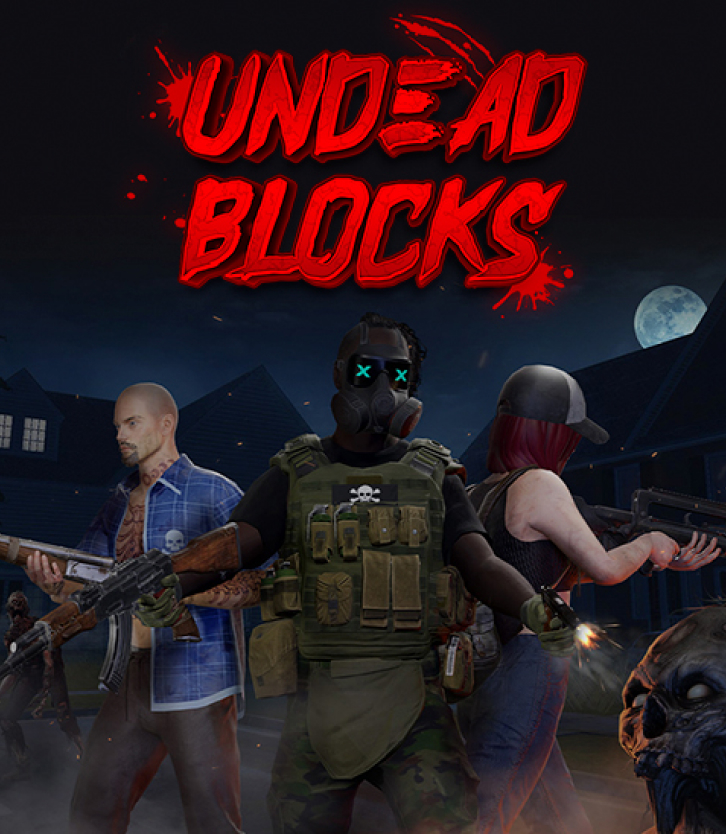
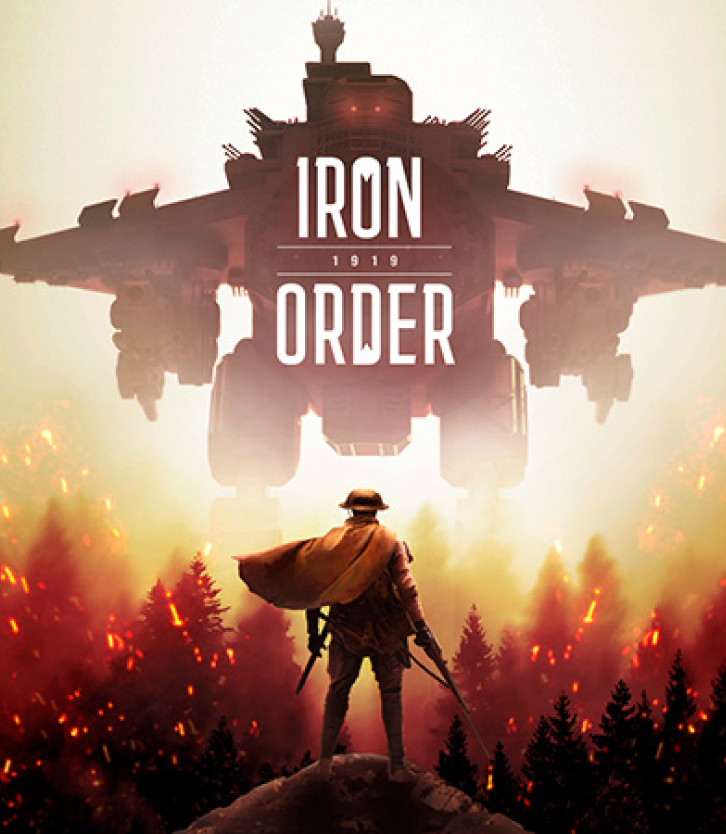

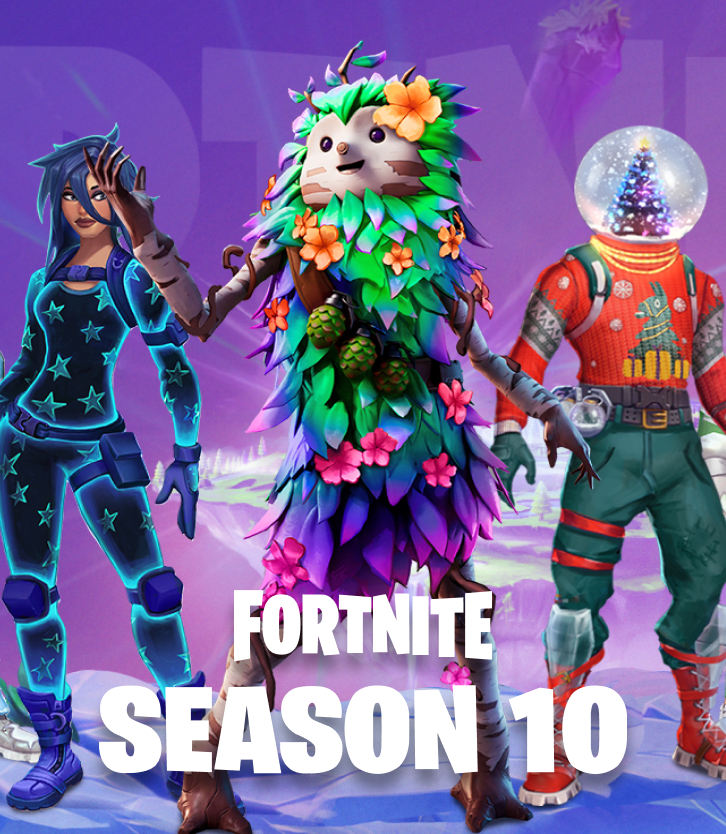
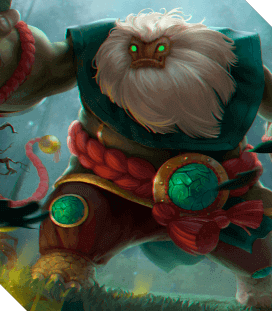


![Indie Game Development: Guide to Revenues, Most Profitable Genres & Monetization [+10 Best Indie Games 2024]](https://kevurugames.com/wp-content/uploads/fly-images/11949/indie-pre-138x138.jpg)